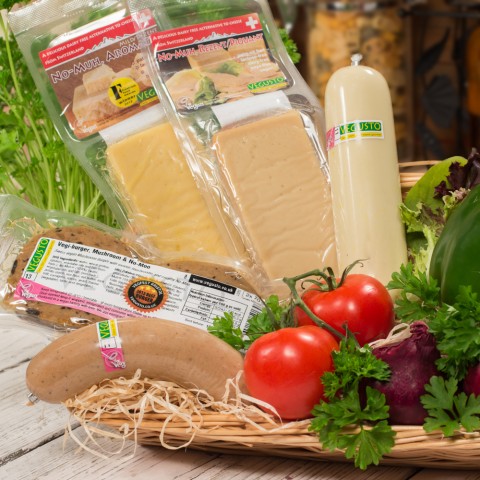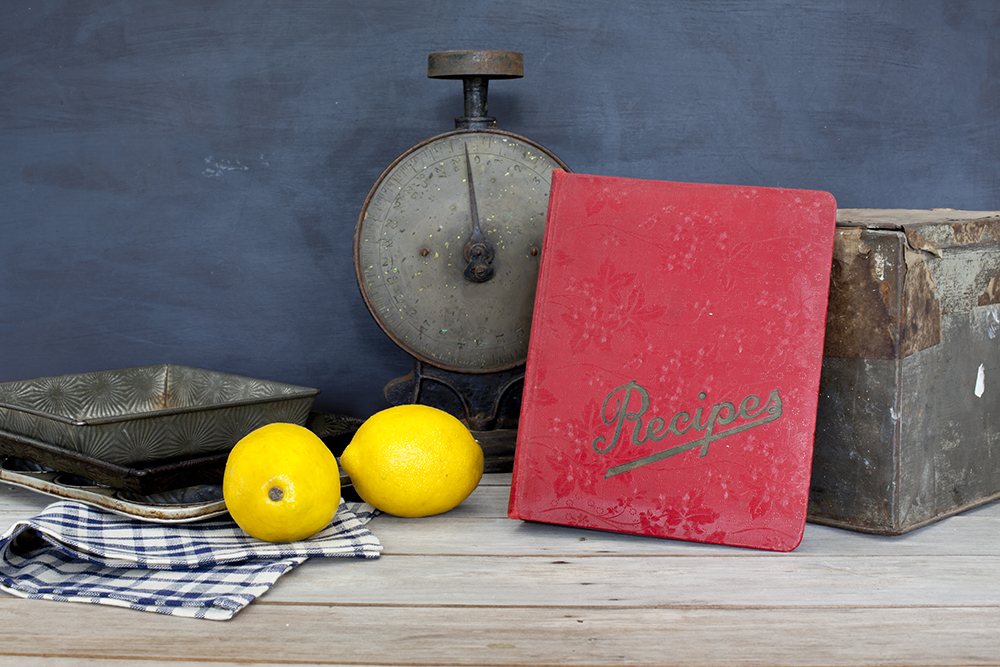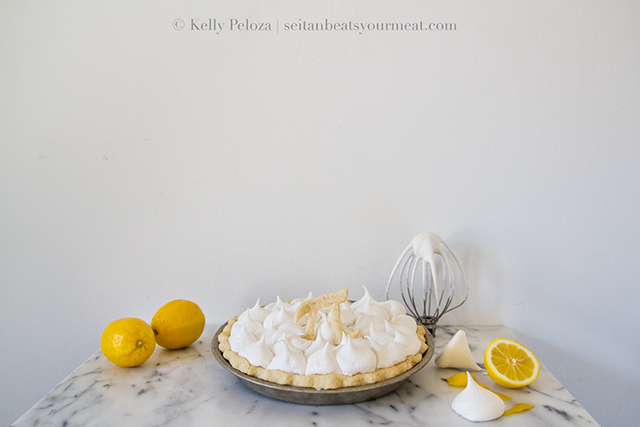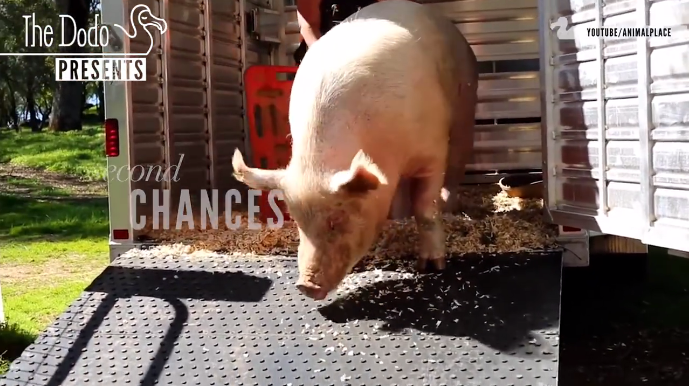Ali Ryland gives her top ten tips on going from vegetarian to vegan, with the aim of highlighting how beneficial and easy the transition can be.
Now is a great time to re-examine the reasons why you are – or want to be – vegetarian. Is it because you realised that you could no longer be complicit in animal suffering? Did the ever-rising global temperature shock you into action? Whatever your reason for going vegetarian, I can assure you that al these reasons apply to veganism too.
I was vegetarian for the animals, but I was once guilty of thinking that veganism was ‘extreme’. My excuses were that I loved cheese too much, that I didn’t know where to start and that it all seemed like too much trouble. Sounds familiar? Luckily all it took was a bit of research before making the commitment, and I soon found out that it was as easy as The Co-op’s (vegan) cherry pie…
1) Give up all cheese for at least a month

Yes, this includes vegan cheese. Being the sort of person who could have easily taken a big bite out of a block of Red Leicester every time they visited the fridge, I was excited to try dairy-free cheese as soon as I went vegan. Unfortunately the kinds I picked up from Holland & Barrett were not to my taste. In fairness, this was before they stocked Violife – a cheese so mild and inoffensive I can’t believe anyone dislikes it – but stronger vegan cheeses always provide a shock to under-developed tastebuds.
Luckily when I tried a few months later I found the same cheeses more tolerable, especially melted. However, my infatuation with vegan cheese didn’t start until a year after I went vegan when I was introduced to Vegusto – I thought I had died and gone to heaven. After that first bite it was just a slippery slope back to my old cheese-loving ways: now I always have a pack of Violife or Sheese in the fridge after a Tesco trip.
Many others have very similar experiences with vegan cheese, so it’s worth waiting a while for your tastebuds to develop. During this time, swap cheese for nutritional yeast, nuts or vegan margarine, though you could always go without.
Want to know what vegan cheeses are best melted, to eat cold and more? Read our blog.
2) Use Vegan Society resources to find the cheapest and easiest ways to go vegan
Have you seen these ‘I went vegan for a week’ pieces in the paper? Often the person relating their experiences complains about the expense of going vegan because they happen to be shopping primarily in vegan boutiques and trendy health food stores. Instead they should be reading our article on vegan-friendly food in supermarkets and checking out our weekly meal plan which balances nutrition with low-cost and easily assembled meals. Don’t forget we have ‘On a budget’ recipes and advice too.
3) Find the right plant milk for you
Make a commitment now to stop buying cow’s milk and instead avail yourself of the wide variety of plant milks available. From almond to oat to soya, different ones work best in different things. In some cases soya or oat cream may be the best option, to make that perfect cup of coffee.
Want more tips on plant milk in hot drinks? Take our 30 Day Vegan Pledge.
4) Re-examine your shelves and your cookbooks
You’ll find that there are already many great vegan items on your shelves, and plenty of your cookbooks will be veganisable. There are two dishes I’ve been cooking since I was young: chili and watercress soup. The great news was that both were already vegan – or at least the chili was once I swapped out Quorn mince for the supermarket’s vegan versions, subbed the dairy for vegan cheese and found a nifty way to cheaply make great vegan sour cream*. It won’t take much to veganise your favourite meals too: there are always substitutes and innovative new ways to cook…
5) …So experiment with unusual recipes!
One of the great things about going vegan is expanding your recipe repertoire. It may even make you into a cook, which will save you money and likely get you eating healthier, especially if you’re currently used to buying frozen pizza for dinner each night. You may think that’s all very well when looking over at your Moroccan tagine, but that you’ll never be able to make lemon meringue pie again. Well think again! Discover aquafaba and try out its amazing egg-like properties in baking – you’ll be at the forefront of a new culinary movement.
6) Watch Earthlings (or other vegan documentaries)
Yes, you probably know about the realities of the slaughterhouse already, but this documentary was a great way to introduce myself to other cruelties – such as the leather industry – when I was going vegan. We’re told that leather is an unavoidable by-product… but nothing could be further from the truth!
7) Watch these inspiring videos
We all need reminding why veganism is important sometimes, yet we don’t have to watch doomy and gloomy documentaries like Earthlings on a loop. Instead why not watch rescued farm animals enjoy freedom for the first time, or an ex-dairy cow bonding with a calf separated from his mother at birth. This blog lists more videos which will give you that warm fuzzy feeling inside.
8) Try not to obsess over labelling
Labelling could be much better, which is why we have the Vegan Trademark – so you can have confidence in the fact that a product is vegan and not tested on animals. While it has a wide reach we unfortunately haven’t registered every vegan product in the world, which means in the first few weeks you may end up scratching your head over ingredients lists.
Just remember that if it doesn’t contain honey, milk, eggs or meat then chances are it’s ok – you’re already doing a fantastic job by cutting all this out. As you grow more confident, you’ll be able to learn how to spot non-vegan E numbers and tackle Vitamin D via our handy guide. For now, just keep it simple.
9) And try not to fixate over contamination with non-vegan products either!
Did you know that one of the reasons why supermarkets have poor vegan labelling is because of their confusion over cross-contamination? In their eyes, we can only ever eat food produced in sterile vegan conditions, despite the fact that we share work spaces, cutlery and dining room tables with non-vegans constantly. If you start thinking about it too much you’ll never be able to eat out, and will only be able to eat food made in containment chambers and delivered in clear vacuum packaging.
10) Join supportive vegan groups
You can join some really welcoming groups both online and off. When plumping for the online option, pick which corner to lurk in well – the internet can be a hostile place and you don’t need negativity in your life. Luckily there are some supportive Facebook groups for newbies such as Veganuary and New Vegan Support, while Meetup can help you find vegan groups in your area that you can meet up with IRL (in real life). Another way to get helpful tips is by joining our burgeoning Twitter community – just tweet @TheVeganSociety with your questions. And, if you’re UK-based, we have lots of Local and Group Contacts who will be happy to shower you in love and cake.
*To make vegan sour cream, curdle some plant milk then strain it through a thin cloth so you capture the thick mixture. Add to the thick mixture mustard, garlic, salt and pepper to taste.
By Ali Ryland
If you're not already vegan, please take the 30 Day Vegan Pledge. If you are, please send this blog to a vegetarian friend!
The views expressed by our bloggers are not necessarily the views of The Vegan Society.




